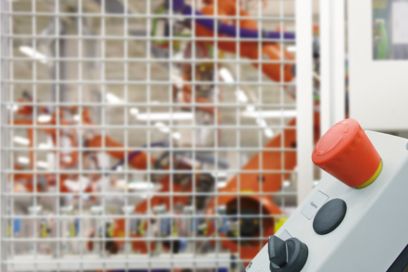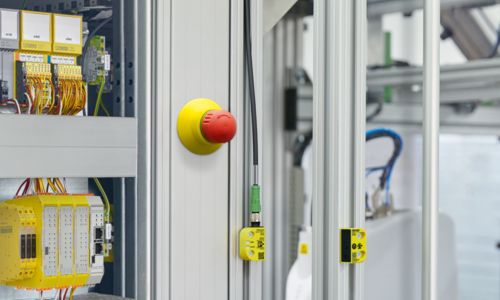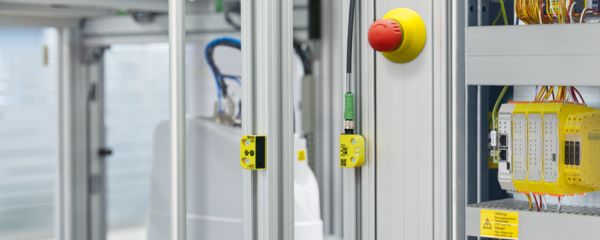
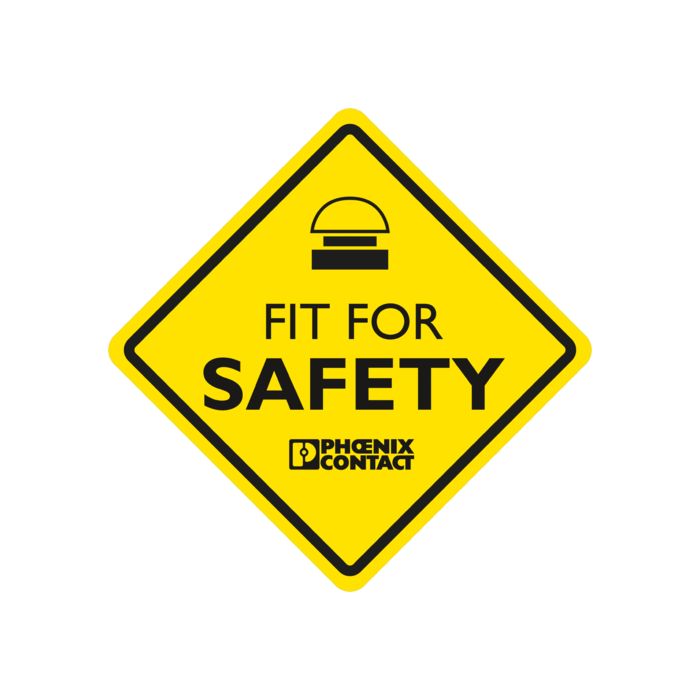
Know-how in safety Trends and changes in the safety market
Working in an increasingly networked and intelligent environment requires new, tailored safety concepts to make failures and potential dangerous situations manageable. The special field of functional safety is constantly changing. Phoenix Contact will therefore be happy to help you stay constantly up to date with the latest state of knowledge regarding changes to standards and new technologies: with products, training courses, and experts certified by TÜV, we will help you meet the Machinery Directive and process industry safety requirements. We make you fit for protecting people and machines.
- A broad product portfolio for the safety of machinery and safe process automation
- Comprehensive services for machine and system safety
- Tested safety through TÜV-certified employees and products
Functional safety in application Many years of experience, innovative solutions, and the latest technologies
Every day, our safety products prove their worth in various applications and industries. We provide individual solutions for functional safety in machine building and the process industry. Our reliable safety solutions ensure that machines and systems can be operated safely even in the event of malfunctions. You can rely on our expertise to ensure that you operate your systems safely and reliably.
Products for functional safety From the safety switch to the safe controller
We make functional safety easy. We provide a comprehensive portfolio of products for functional safety that have been specially developed for the protection of people and systems. From non-contact safety switches through to complex controllers, all safety products from Phoenix Contact are SIL-certified and feature impressively easy handling.
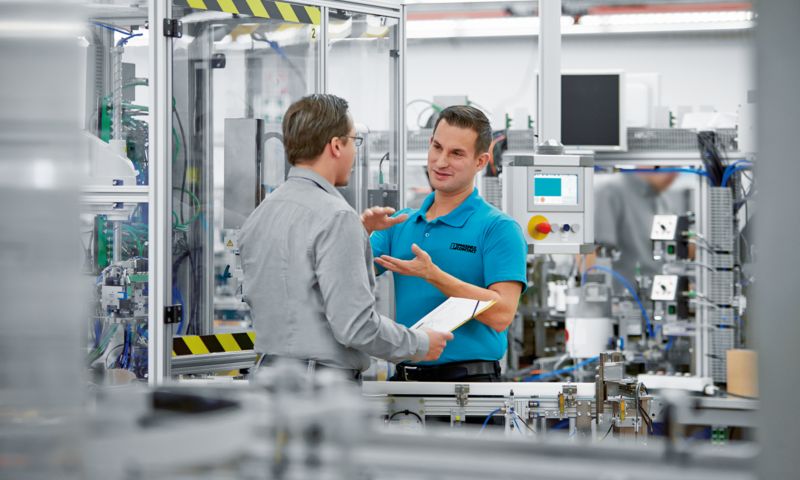
Security consulting From risk assessment to the certified system
For you as a manufacturer, integrating safety functions into machinery and plants involves additional work. Phoenix Contact will support you in this through tailored consultations. Regardless of manufacturer, the TÜV-certified functional safety experts from Phoenix Contact will be by your side during planning, building, modifying, completing, and operating machines throughout their safety lifecycle.
What is functional safety? Norms and standards
As a developer and manufacturer of intelligent systems, you face a major challenge. Any system, no matter how well thought out, poses serious risks to its immediate environment. The standards and directives governing functional safety (FuSa) ensure reliable protection for people, the environment, and machinery. They describe how to manage risks by means of automated safety systems. The correct application of the safety-related (control) systems and other risk-minimizing measures are crucial for the safety of a system. In this case, if a critical error occurs, the controller initiates the safe state.
Functional safety operates in a legally regulated environment. One of the most important standards for machine building is EN ISO 13849-1. This regulates which safety requirements a machine must fulfill. The IEC 61511 series of standards regulates the application of functional safety in plants in the process industry. Important parameters for the reliability of safety-related functions are the safety integrity level (SIL) and the performance level (PL).







